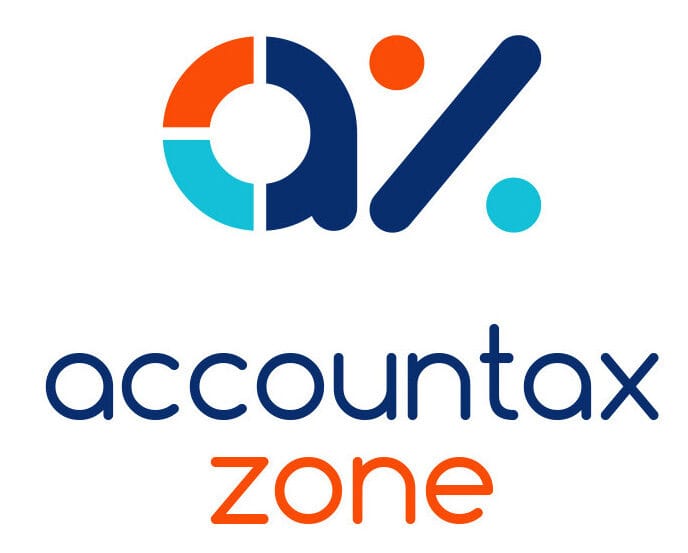The 2024/25 tax year starts on 6 April 2024. Although many of the rates and thresholds are the same as for 2023/24, there are some changes.
Income tax
The income tax rates for 2024/25 for England, Northern Ireland and Wales are set out in the table below.
| Rate | Band of taxable income | |
| Basic rate | 20% | £1 to £37,700 |
| Higher rate | 40% | £37,701 to £125,140 |
| Additional rate | 45% | Over £125,140 |
The income tax rates applying to the non-savings non-dividend income of Scottish taxpayers are set by the Scottish Government.
Personal allowances
The personal allowance for 2024/25 remains at £12,570. Once adjusted net income reaches £100,000, it is reduced by £1 for every £2 by which adjusted net income exceeds £100,000. This means that individuals with adjusted net income of £125,140 and above do not receive a personal allowance.
The marriage allowance, which allows an individual to transfer 10% of their personal allowance (as rounded up to the nearest £10) to their spouse or civil partner as long as neither pays tax at a rate in excess of the basic rate, remains at £1,260 for 2024/25.
The married couple’s allowance, available where at least one spouse or civil partner was born before 6 April 1935, is set at £11,080 for 2024/25. The allowance is reduced where income exceeds £37,000 by £1 for every £2 by which adjusted net income exceeds £37,000 until the minimum amount of the allowance is reached. This is set at £4,280 for 2024/25. Effect is given to the married couple’s allowance in the form of a 10% tax reduction.
Dividends
All individuals, regardless of the rate at which they pay tax, are entitled to a dividend allowance. This is set at £500 for 2024/25.
Dividends not sheltered by the dividend allowance or any unused personal allowances are treated as the top slice of income and taxed at the appropriate dividend tax rate. This is the ordinary dividend rate of 8.75% where the dividend falls in the basic rate band, the dividend upper rate of 33.75% where the dividend falls in the higher rate band and at 39.35% where the dividend falls in the additional rate band.
You may also like to read: Selling online – When do you need to tell HMRC?
Savings
Basic and higher rate taxpayers are entitled to a savings allowance. For 2024/25, this is £1,000 for basic rate taxpayers and £500 for higher rate taxpayers. Additional rate taxpayers do not receive a savings allowance.
Savings income falling within the savings starting rate band of £5,000 is taxed at 0%. The starting rate band is reduced by every £1 of taxable income.
Capital gains tax
For 2024/25, the capital gains tax annual exempt amount is £3,000.
Capital gains are taxed at 10% where income and gains do not exceed the basic rate band of £37,700. Where income and gains exceed the basic rate band, capital gains are taxed at 20%. Higher rates apply to gains on residential property. For 2024/25, these are, respectively, 18% and 24%.
Partner note: ITA 2007, Pt. 2, Ch. 2, Pt. 3; TCGA 1992, ss. 1H, 1K.










